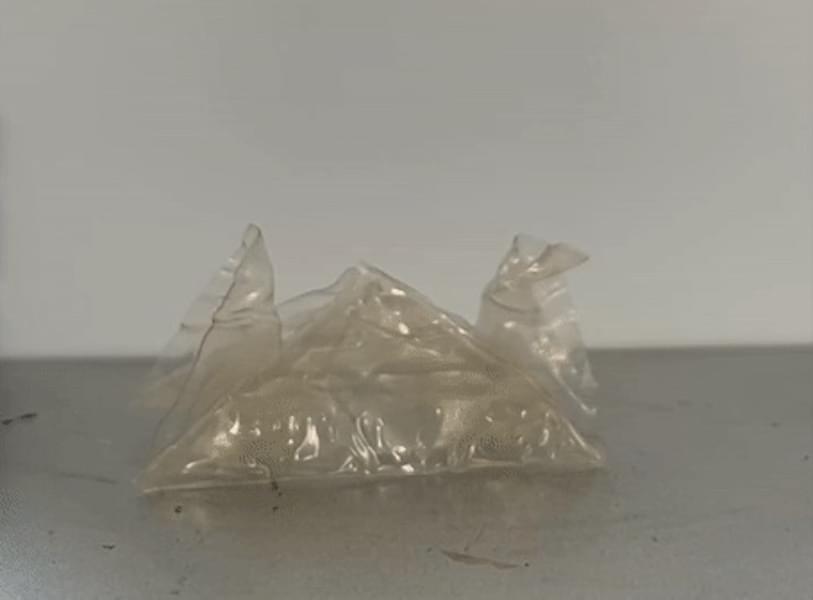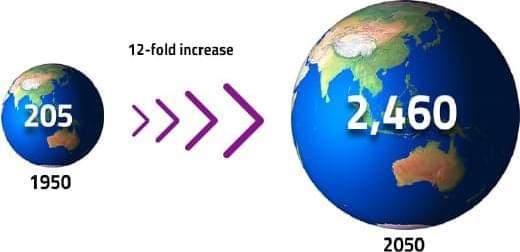Bendamustine administration within 9 months of apheresis significantly reduced response rates and survival in patients with relapsed/refractory large B-cell lymphoma:
CD19-directed chimeric antigen receptor (CAR) T-cell therapy provides durable responses and a potential cure in approximately one third of patients with relapsed or refractory large B-cell lymphoma (R/R LBCL). Although it is known that therapy with the lymphotoxic chemotherapy agent bendamustine, prior to autologous T-cell collection, can impair T-cell number and function, its impact on patient outcomes has not been systematically addressed.
Investigators have now conducted a retrospective, multicenter study of 439 patients with R/R LBCL who had received two or more previous lines of therapy and were infused with commercially available CD19-targeted CAR T cells (axicabtagene ciloleucel or tisagenlecleucel). Of these patients, 80 (18%) had received one or more cycles of bendamustine, including 42 who had been treated within 9 months of apheresis. At baseline, bendamustine-exposed patients, compared with bendamustine-naive patients, were older (66 vs. 61 years), had poorer performance status (1, 16% vs. 7%), were more heavily pretreated (2 previous lines of therapy, 71% vs. 28%), and were more likely to have transformed indolent B-cell lymphoma (45% vs. 15%).
At apheresis, bendamustine-exposed patients, compared with bendamustine-naive patients, had a significantly poorer overall response rate (ORR; 53% vs. 72%; P0.01), shorter progression-free survival (PFS; 3.1 vs. 6.2 months; P0.04), and shorter overall survival (OS; 10.3 vs. 23.5 months; P0.01). For those who received bendamustine within 9 months of apheresis, ORR was even lower (40%), and PFS and OS were shorter (1.3 and 4.6 months, respectively). Bendamustine-exposed patients also had lower absolute lymphocyte counts, lower CD4+ T-cell counts, and poorer CAR T-cell expansion, but had similar rates of cytokine release syndrome and immune-effector cell-associated neurotoxicity syndrome.






